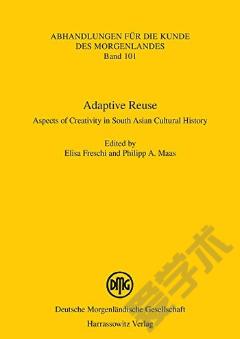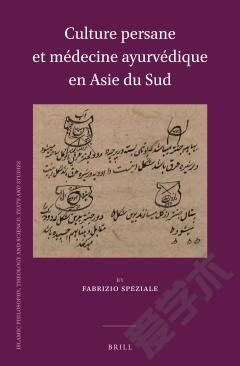Adaptive Reuse —— Aspects Of Creativity In South Asian Cultural History
----- 适应性再利用:南亚文化史中的创造力:卷101
The theoretical framework of “adaptive reuse” (a term originally developed in the field of architecture) is here applied to a wide spectrum of cultural activities, from the composition of new texts on the basis of earlier ones to the re-creation of concepts and rituals. The first section of this volume consists of five case studies dealing with the adaptive reuse of sanskrit philosophical and grammatical texts in sanskrit works of philosophy, grammar and poetry. In these cases, adaptive reuse allows the creation of new forms and contents within a traditionally established framework in which the prestige of the sources of adaptive reuse reflects upon its target. In the second section, entitled “adaptive reuse of tropes”, the motif of the chariot in vedic, medieval and contemporary works and rituals is analyzed and fruitfully employed in various religious contexts. The chapters of the third section deal again with philosophical and religious texts, this time focusing on the adaptive reuse of sources that are no longer available or never existed.
{{comment.content}}








 京公网安备 11010802027623号
京公网安备 11010802027623号